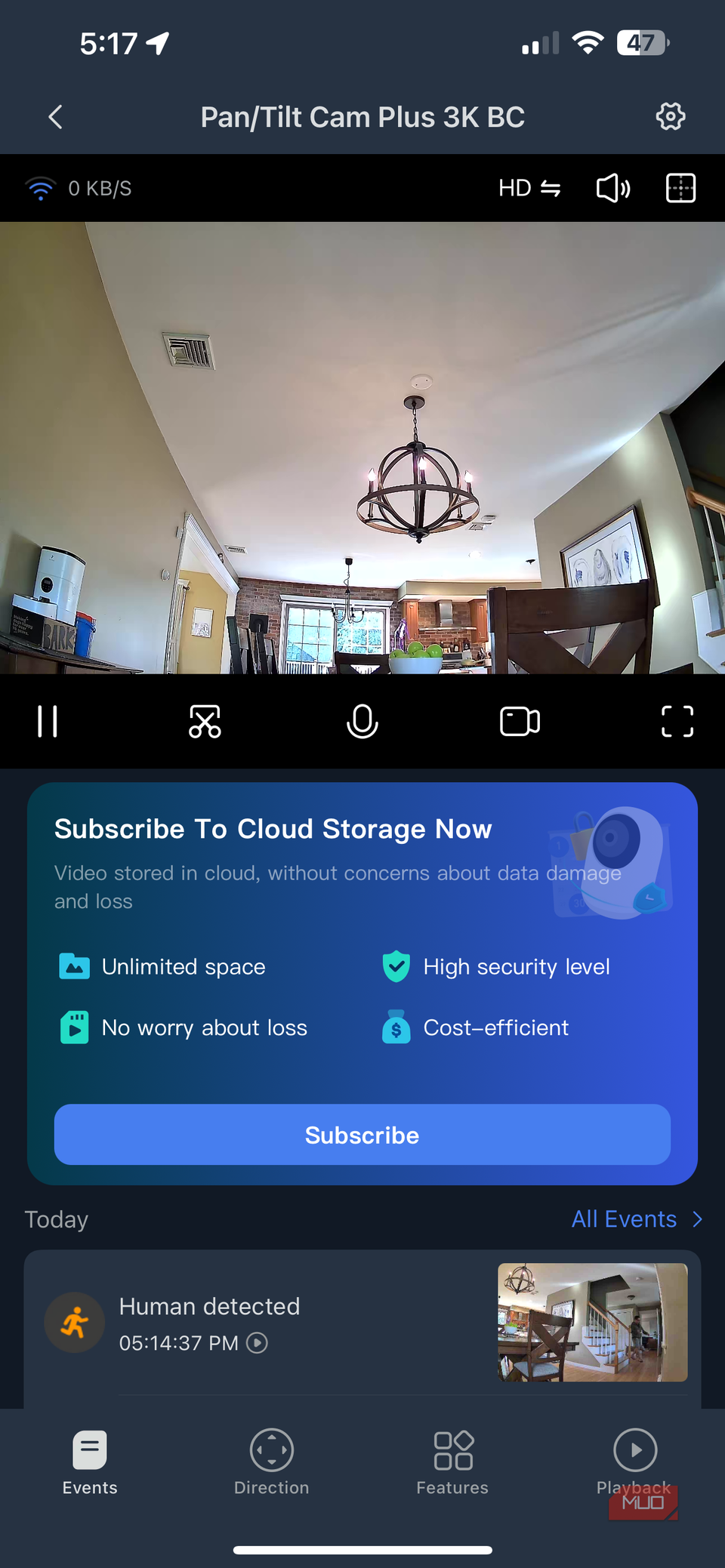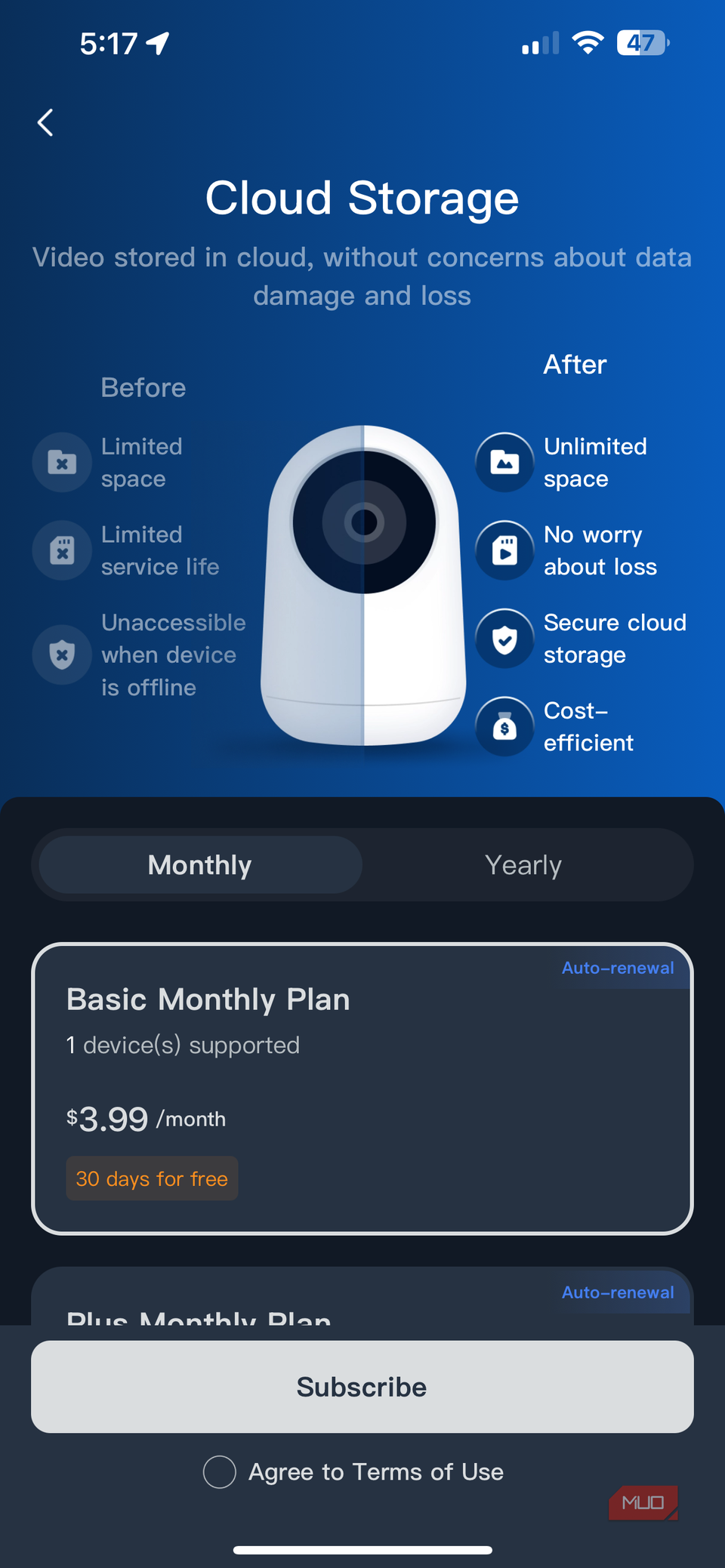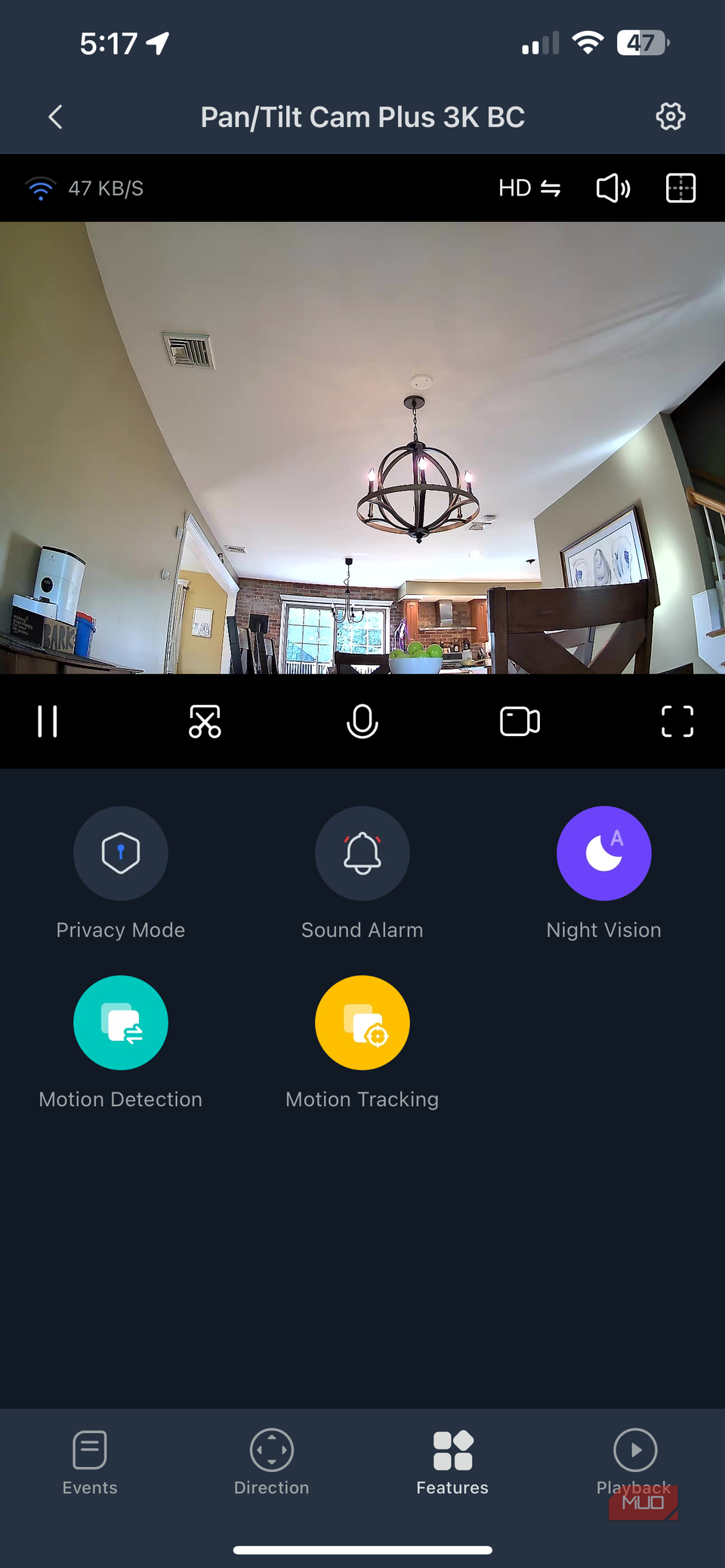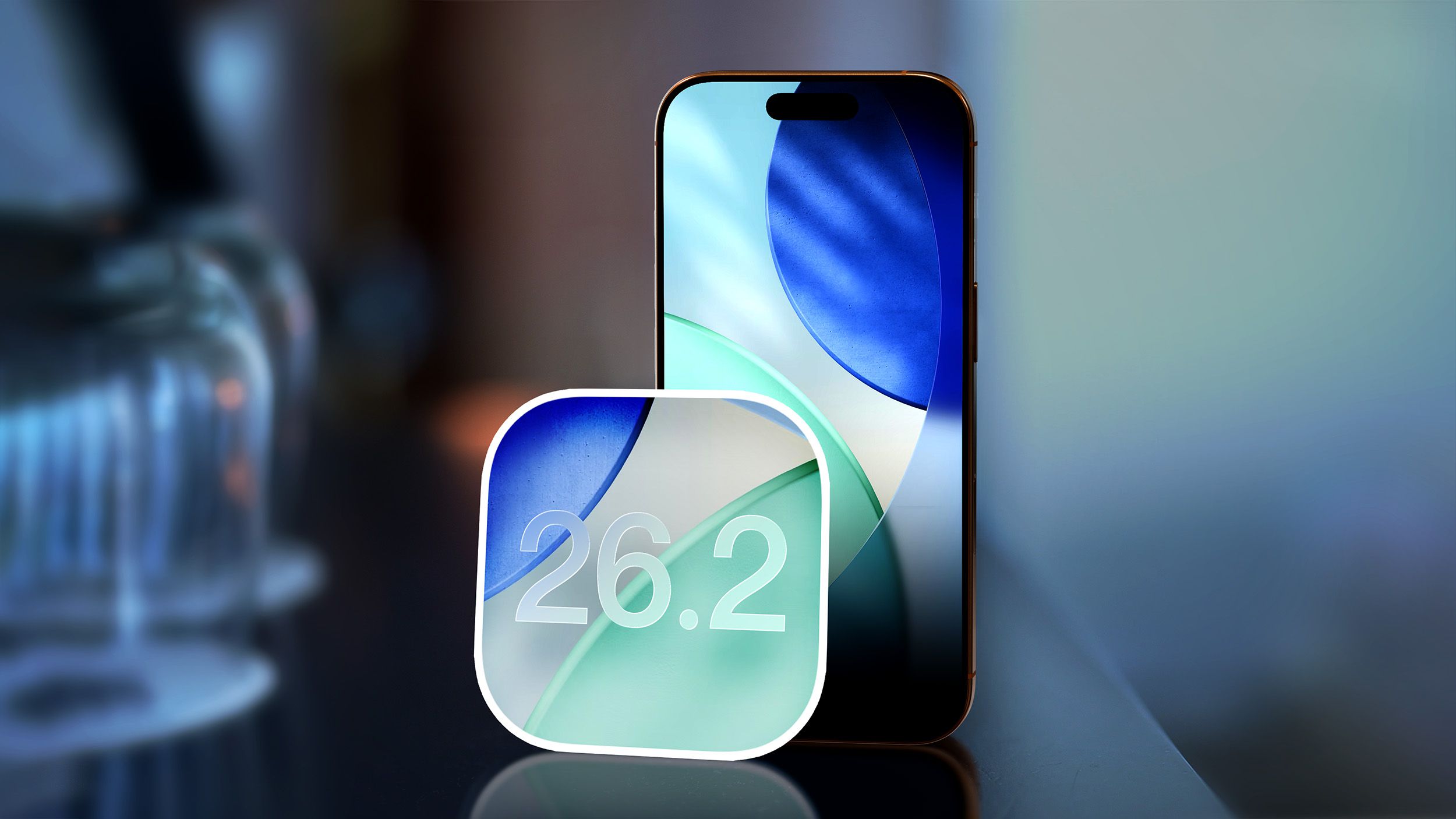I don’t know when exactly this happened, but at some point, buying a gadget stopped being the end of the story. You used to hand over your money and take it home, and that was that. Maybe you bought some batteries or a replacement cable a few years down the line, but the product was yours, whole and complete.
These days, buying a new gadget feels more like signing up for a gym membership you’ll never cancel. The upfront price tag is just the beginning, and before you’ve even finished peeling the plastic off the screen, it’s asking for your credit card. Subscription creep is relentless and is now one of the tech upgrades that has made things worse.
The sticker price isn’t the whole price anymore
The receipt isn’t the end
When I bought my TV a few years ago, I thought I was paying for express entertainment. That was the whole point of it, right? Except that’s not really how it works anymore. Out of the box, a TV is just a big rectangle that glows. Unless you’re happy cycling through local broadcasts or making use of its USB port by plugging in a flash drive with a few downloaded files, the real fun only starts once you tack on a monthly subscription.
First, it was cable. Then it was Netflix. Then Netflix wasn’t enough, so it was Netflix plus Amazon Prime plus Hulu plus a half-dozen other streaming services that may be worth paying for. The TV itself was a one-time purchase, but keeping it useful requires a steady drip of monthly payments.
The same story plays out with game consoles. The console price is only the cover charge. Admittedly, you can buy a disc and play offline, but most modern gaming lives behind subscriptions—Xbox Game Pass, PlayStation Plus, Nintendo Switch Online. Without them, you’re cut off from online multiplayer, bonus content, and half the value of the machine.
It makes me wonder if we are really buying devices anymore, or just renting the privilege of keeping them useful?
Your smart gadgets come with dumb limitations without a subscription
No clips unless you pay
The biggest offenders here are smart devices. Doorbells, thermostats, and even security cameras usually work fine straight out of the box, but the subscription push shows up the second you want more than the bare minimum. Take video doorbells, for instance. Most will happily let you watch live video or get motion alerts, but if you actually want recordings saved, you’re on the hook for a monthly cloud storage fee. So you might own the hardware, but you still miss out on basics like checking what went on the night before.
A few products do better. Some doorbells let you insert a microSD card or use a network drive for local storage, and a handful even include a bit of cloud history without charging extra. Sadly, those options are starting to feel more like rare exceptions than the standard.
Printers and other appliances want in on it, too
Ink isn’t the only thing printers drain these days.
It’s not only the so-called smart gadgets chasing subscription dollars anymore. Even regular old appliances are getting pulled into the game. Printers might be the worst example—HP’s Instant Ink program basically turns printing into a membership, and if you cancel, the cartridges can literally stop working. Coffee makers have dabbled with pod deliveries that tie into subscriptions, and brands like Philips Sonicare and Oral-B now push “convenient” monthly refills for toothbrush heads.
And it’s not stopping there. Big appliance makers are starting to lean into what’s called “servitisation,” shifting from simple one-time purchases to ongoing revenue streams. A Globe Newswire report pointed out that these subscription-style models are now one of the top trends in major appliances in 2025. I’m talking about refrigerators and washing machines; you name it.
Personally, these belong to subscriptions I can’t justify paying for. They feel less like convenience and more like a slow tax on things that should just work.
Software subscriptions bleed into hardware
Pay up to unlock



One big reason every device seems to want a monthly fee these days is that hardware and software are more tangled together than ever. A phone isn’t just a slab of glass and chips anymore. It’s the operating system, the app store, the cloud services tie-ins, and the steady drip of firmware updates bundled into its value. That setup gives companies endless ways to chop up features into paid “unlocks” or subscription tiers.
Take BMW, for instance. In some markets, it tried charging around 18 bucks a month to use heated seats that were already built into the car. The coils and wiring were sitting there under you, but you had to keep paying to turn them on. Unsurprisingly, people hated the idea, and BMW ended up backing away in a lot of regions. Tesla has done similar, selling range upgrades on some models where the bigger battery was already inside the car, but locked until you coughed up extra cash. Volkswagen’s ID.3 is another case, with some trims of its ID.3 EV being sold with a lower performance output, and full horsepower is only unlocked if you pay a subscription or a one-time fee.
And it’s not just cars. Buy a new laptop, and you’ll probably find “free trials” of antivirus software, VPNs, or cloud storage waiting for you. Once they expire, the constant nagging begins, pushing you to pay for basic protection or storage you thought you already had.
In defense of companies
Companies call it support
If you cornered manufacturers about all these creeping monthly fees, they’d probably tell you something along the lines of, “You’re not just paying for the gadget. We’ve got servers to keep online, updates to ship, support to handle, and security to maintain. Subscriptions are how we keep your device safe and current.”
And to be fair, there’s a kernel of truth there. Keeping any smart product secure means patching vulnerabilities, rolling out firmware fixes, dealing with bugs, running cloud backends, and covering storage costs. None of that is cheap. For hardware that leans heavily on software, the ongoing expense of keeping things alive and evolving can be pretty substantial.
The thornier issue, though (and one that’s getting harder to ignore) is how many devices now seem to launch with features deliberately locked away, hidden behind paywalls, or half-baked from the outset just to justify charging you again later.
Remember, you still have a choice
The subscription model isn’t fading anytime soon, but it’s worth keeping in mind that it’s still a choice—for the companies building these things and for us as the ones buying them. If we keep feeding the worst offenders by signing up for every little plan they push, they’ll just keep leaning harder into it.
So whenever some shiny new gadget catches my eye, I stop and ask, “What’s this really going to cost me over time?” If it feels more like I’m renting than actually owning, that’s usually my cue to walk away.
Because honestly, I have zero interest in subscribing to a coffee maker, a doorbell, or a toothbrush. I just want to pay for something once and trust it’ll do its job without a monthly invoice reminding me it never fully belonged to me in the first place.












